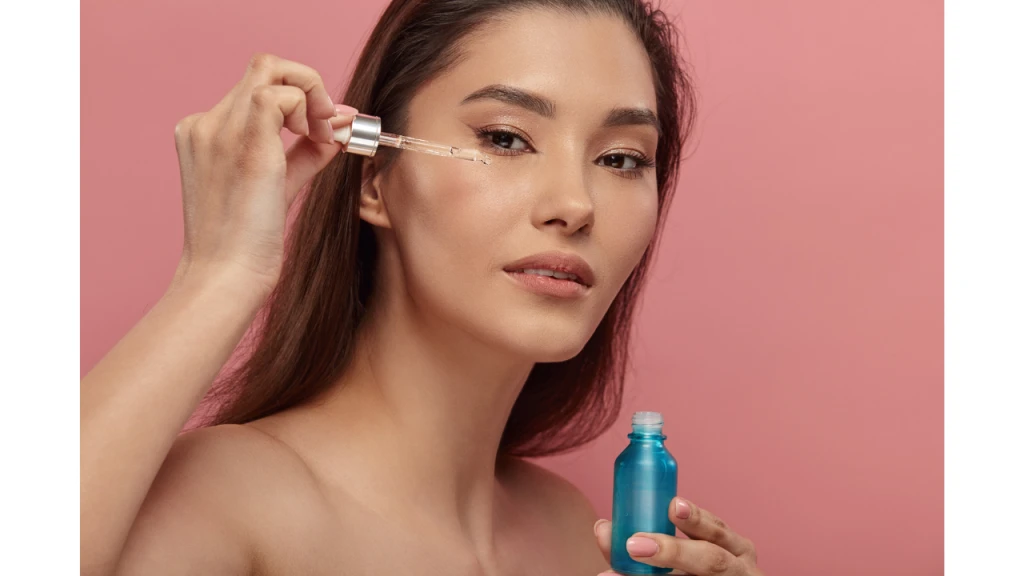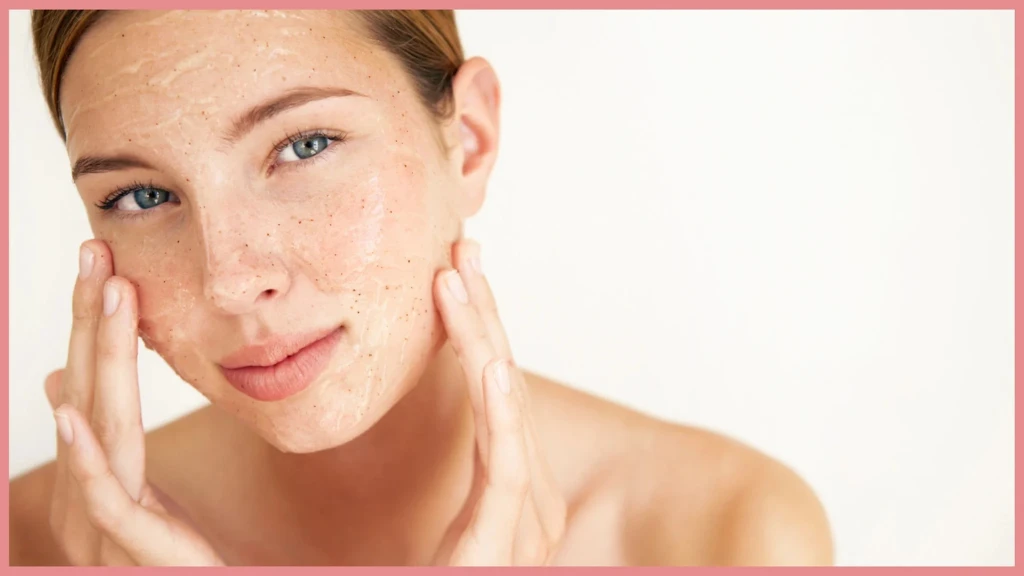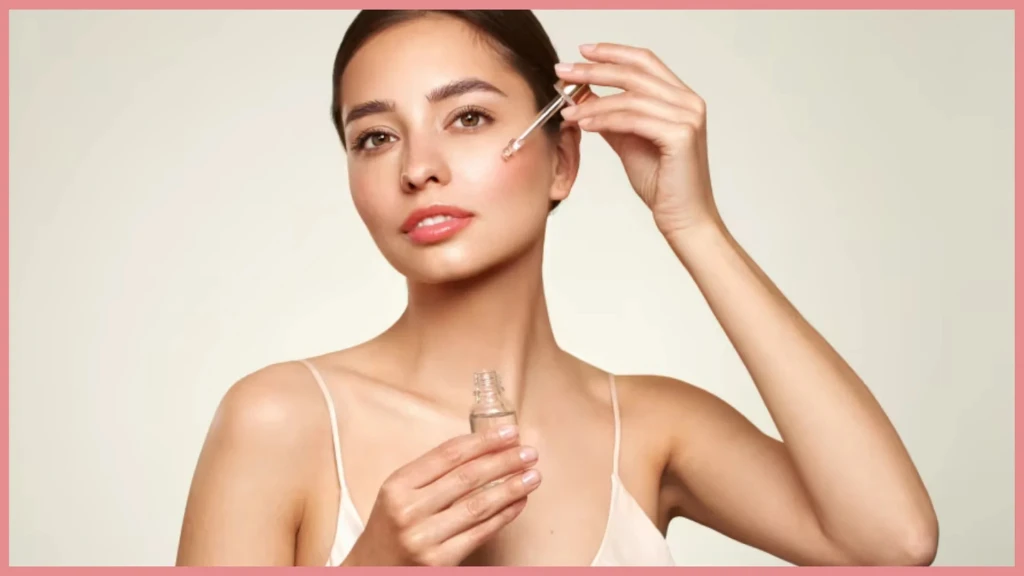Hyaluronic Acid + Retinol At Night?

My skin is really important to me, not going to lie. I don't like to play around with my skincare routine or risk unnecessary breakouts beyond what I'm already dealing with from time to time. I stay updated on the newest products that actually work to address skin problems, and that brings me to my main point.
You've probably heard about hyaluronic acid and retinol being the dream team for achieving that smooth, glowing skin. I was immediately skeptical, but somewhat curious about whether the hype was real.
If you've ever wondered, "Can I really use them together, especially at night?" you’re definitely not alone. Let's settle this once and for all: Yes, you can, and honestly, it can do wonders for your skin.
Expert Guide: Combining Hyaluronic Acid and Retinol in Your Skincare Routine
What Is Hyaluronic Acid And Why Is It So Popular?

I remember the first time I tried hyaluronic acid—it felt like my skin drank up the moisture like a sponge.
This ingredient is a humectant, meaning it pulls moisture from the air into your skin, giving you that dewy, plump look we all crave.
But hyaluronic acid is beneficial for more than just hydration. It also helps smooth out those fine lines that start creeping up as we age (yep, I see them too!). And the best part? It’s gentle enough that almost anyone can use it, regardless of skin type.
One cool thing about hyaluronic acid is that it comes in different molecular sizes. The smaller molecules can sink deeper into your skin, while the larger ones sit on top to keep that surface hydration locked in.
That’s why some products feel like they instantly plump your skin; they’re working on multiple levels.
Also, let’s clear up a common myth: Hyaluronic acid is not an exfoliant. It's purely a hydration booster, so no worries about it stripping your skin barrier.
What is Retinol?

Retinol has a bit of a reputation. If you've ever tried it, you probably remember that initial phase of dryness or a little redness. It can feel like a love-hate relationship, but trust me, the benefits are worth it.
Retinol, which is a form of Vitamin A, speeds up cell turnover. Basically, it nudges your skin to shed old cells and make room for fresh ones.
Over time, it can help with everything from smoothing out fine lines to tackling stubborn dark spots. And if you're prone to breakouts like I used to be, it can really help clear things up.
Now, retinoids come in a few flavors: there’s retinol, which is pretty common in over-the-counter products, retinaldehyde, which is a bit stronger, and tretinoin, which is prescription-only and much more intense.
If you’re just starting out, stick with a lower concentration to avoid irritating your skin.
One thing to remember: retinol can make your skin more sensitive to the sun, so it’s best used at night. And you’ve gotta wear sunscreen during the day—there’s no skipping that step.
The Myth About Using Hyaluronic Acid and Retinol Together
You might've heard that using hyaluronic acid and retinol together is a no-go because they might counteract each other.
But, that’s just not true. In fact, combining these two can be a fantastic way to get the benefits of retinol without all the side effects like dryness and flaking.
The real concern is how you layer them and how your skin reacts to different actives. Retinol is a bit of a diva because it likes to be applied to clean, dry skin and doesn’t always play nice with other potent ingredients.
That’s where hyaluronic acid comes in to save the day by helping to calm and hydrate your skin after you’ve applied retinol.
How to Use Hyaluronic Acid and Retinol Together at Night
Ready to try this combo? Here’s my tried-and-true nighttime routine that helps me get all the benefits without any irritation.
- Cleanse: Start with a gentle cleanser like the Pink Cloud Jelly Cleanser from Amazon.com to remove dirt and oil. I prefer something sulphate-free that doesn’t leave my skin feeling tight.
- Apply Retinol: After cleansing, make sure your skin is completely dry. Trust me, applying retinol to damp skin can increase the chances of irritation. I usually use a pea-sized amount and spread it evenly across my face. I sometimes use Paula's Choice Clinical 0.3% Retinol + 2% Bakuchiol Treatment from Amazon.com.
- Let It Absorb: This is super important. Wait about 20-30 minutes to let the retinol fully sink in. Let your skin get the full effect before you add anything else.
- Hyaluronic Acid Serum: Now, it’s time for the hydration. I use the The Ordinary Hyaluronic Acid Serum from Amazon.com to give my skin a moisture boost. It helps soothe any dryness the retinol might cause and keeps my skin feeling plump.
- Moisturizer: If your skin is on the drier side, follow up with a richer moisturizer to seal everything in. I usually opt for something with ceramides or squalane to help support my skin barrier.
- Optional Eye Cream: If you’re dealing with fine lines around the eyes, a gentle eye cream can be a nice addition before your moisturizer.
Tips for Sensitive Skin
If you’ve got sensitive skin like me, retinol can feel a little intimidating at first. Here are a few tips that helped me ease into it without my skin turning into a red, flaky mess:
- Patch Test: I can’t stress this enough—always patch test new products. Apply a little bit to your jawline or behind your ear to see how your skin reacts.
- Start Slow: When I first started using retinol, I only applied it twice a week. You can gradually build up as your skin gets used to it.
- Buffering Method: If your skin gets irritated easily, try applying a thin layer of moisturizer before your retinol. It’ll act as a buffer to minimize irritation.
- Alternate Nights: Another option is to use retinol one night and hyaluronic acid the next. This can be a gentler way to get the benefits without overloading your skin.
- Sandwiching Technique: Some people swear by applying a layer of hyaluronic acid before and after retinol—like a hydration sandwich. I’ve tried it, and it really helps keep my skin calm.
What about Vitamin C with Retinol and Hyaluronic Acid?
If you’re already using hyaluronic acid and retinol, you might be curious about adding vitamin C into the mix. And honestly, it's a great idea, just with a little planning.
Vitamin C is a powerful antioxidant that brightens your skin, evens out skin tone, and fights off damage from free radicals (think pollution, UV rays, and all the stuff your skin faces daily). It pairs beautifully with retinol and hyaluronic acid, but timing is everything.
Here’s how I make it work: I stick to using vitamin C in my morning routine because it helps protect my skin throughout the day. After cleansing, I apply a vitamin C serum, let it absorb, and then follow with my moisturizer and sunscreen.
At night, I switch to my retinol and hyaluronic acid combo to tackle signs of aging and boost hydration. This way, each ingredient has its time to shine without overwhelming my skin.
If you’re concerned about irritation, especially if your skin is on the sensitive side, you can alternate days.
For example, use vitamin C one day and retinol the next. That way, you’re still getting the benefits of both without risking irritation. It’s all about finding that balance that works for your skin.
Final Thoughts
Using hyaluronic acid with retinol at night can truly level up your skincare game, especially if you’re looking for that smooth, hydrated, and youthful look. The trick is to layer them correctly and listen to your skin.
If you start slow, stay consistent, and use sunscreen during the day, you’re on your way to a healthier, happier complexion.
Don’t be afraid to experiment and see how your skin responds. Everyone’s skin is different, and what works for me might need a few tweaks for you. Still, glowing skin is just a good routine away!



